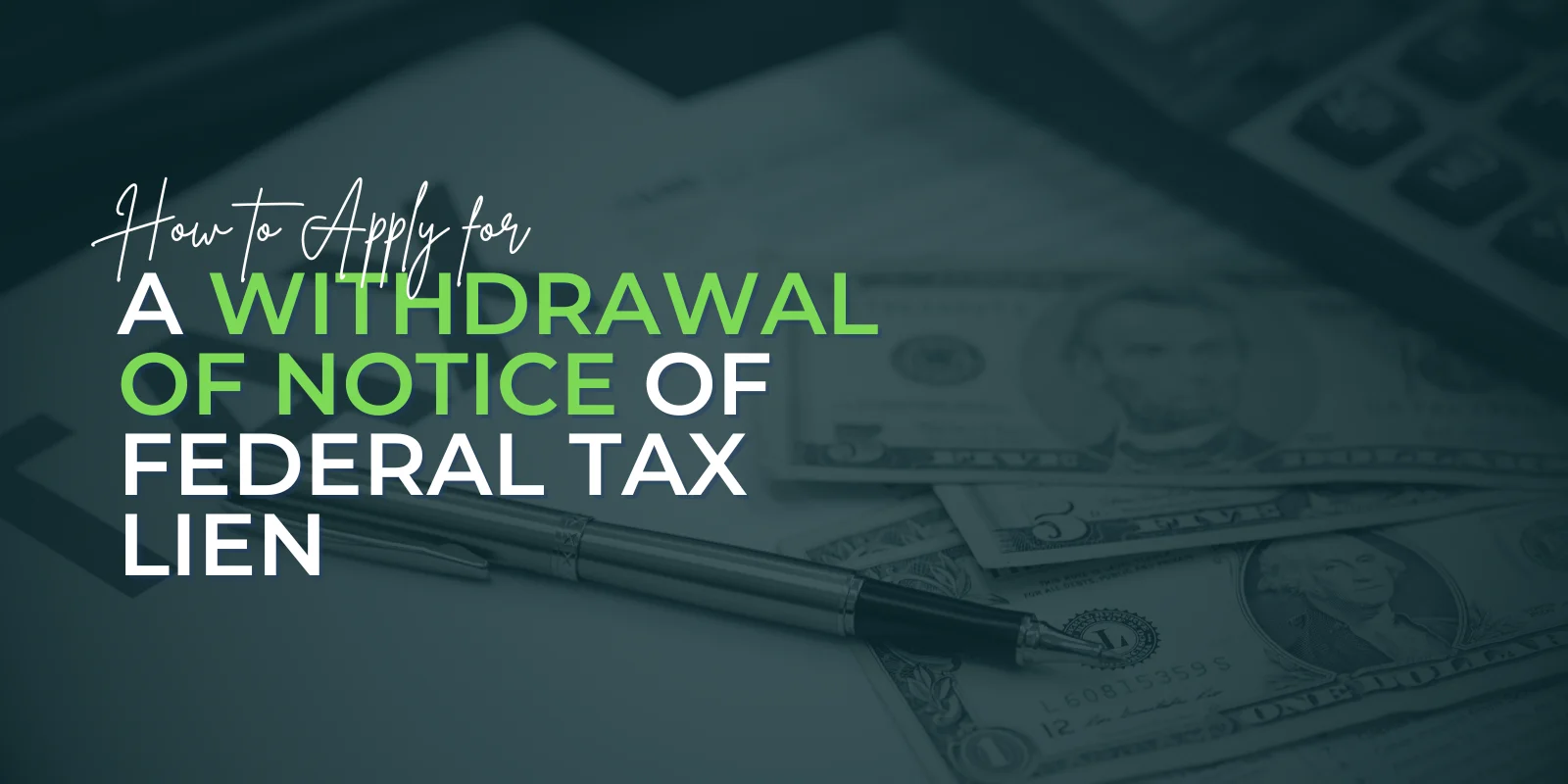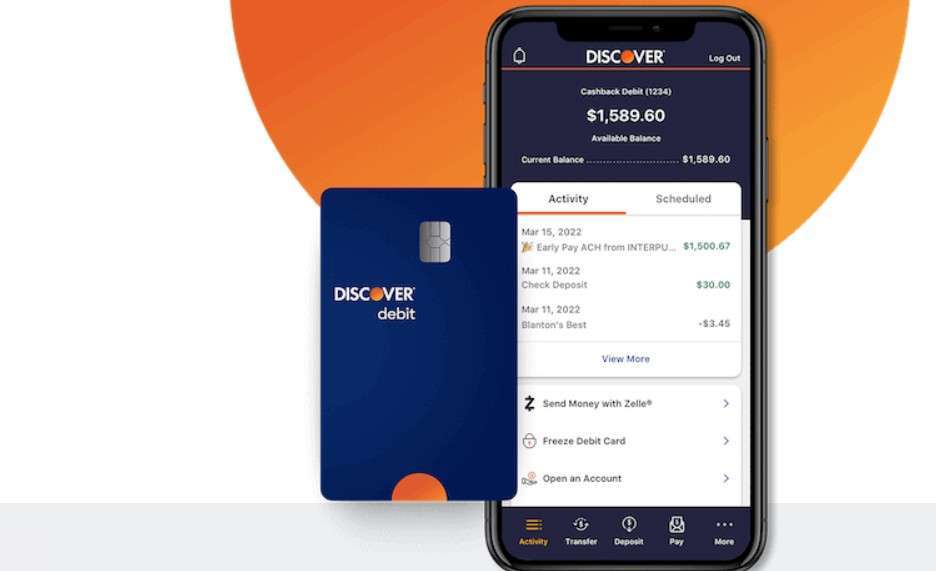A federal tax lien is the government’s legal claim against your property when you fail to pay a tax debt. It can attach to your assets, including real estate, personal property, and financial assets, significantly affecting your ability to secure credit and sell assets. While paying off your tax debt is crucial, it doesn’t automatically remove the lien from public records. To eliminate the lien’s impact on your credit and financial opportunities, you may need to apply for a withdrawal of the Notice of Federal Tax Lien. Unlike a release, which removes the lien after debt satisfaction, a withdrawal expunges the lien notice from public records as if it was never filed.
What is a Withdrawal of Notice of Federal Tax Lien?
A withdrawal of the Notice of Federal Tax Lien removes the public record of the lien. It doesn’t erase your responsibility to pay the tax debt if it remains unpaid but can significantly improve your creditworthiness. The withdrawal assures creditors that the IRS no longer claims a legal right to your property.
It is essential to distinguish between withdrawal, release, discharge, and subordination of a lien. A release occurs automatically within 30 days after full debt payment, removing the lien but not from public records. A discharge removes the lien from a specific property, allowing transactions like selling or refinancing. Lien subordination does not remove the lien but allows other creditors to move ahead of the IRS in priority, which can help when applying for loans or refinancing. Withdrawal, however, eliminates the lien notice altogether, making it highly beneficial for credit recovery.
Eligibility Requirements for a Federal Tax Lien Withdrawal
Not every taxpayer qualifies for a withdrawal. The IRS outlines specific scenarios where a withdrawal is possible.
You are eligible if you have paid the tax debt in full and the lien has been released. This scenario is common for individuals looking to clean their credit reports. For example, if you owed $20,000 in back taxes, fully paid the amount, and received a Certificate of Release, you can still apply for a withdrawal to remove the lien notice from public view.
Another qualifying situation involves entering into a Direct Debit Installment Agreement (DDIA). If you owe $25,000 or less and set up a DDIA, the IRS may approve a withdrawal after three consecutive direct debit payments. For example, a taxpayer owing $15,000 who consistently pays $500 monthly through a direct debit could request withdrawal after the third payment.
Withdrawals are also available when the IRS erroneously filed the lien. If you receive a Notice of Federal Tax Lien despite having no outstanding tax debt or fulfilling compliance requirements, the IRS can correct the error through withdrawal. Additionally, the IRS may approve withdrawal if it believes it is in the best interest of both the taxpayer and the government.
Steps to Apply for a Federal Tax Lien Withdrawal
Applying for a federal lien withdrawal is a fairly straightforward process.
Step 1: Gather Necessary Documentation
Start by collecting essential documents. You will need personal identification details such as your name, address, and Social Security number or Employer Identification Number (EIN). Locate the Notice of Federal Tax Lien, usually labeled as Form 668(Y), which provides reference information needed for the application.
For example, if you received a lien notice for tax year 2021, ensure you have the document stating the filing date, amount owed, and lien reference number. Having accurate information speeds up the process and prevents unnecessary delays.
Step 2: Complete Form 12277 (Application for Withdrawal)
Form 12277 is the official application to request a withdrawal. Fill out the form carefully to avoid rejection. Include your name, address, and taxpayer identification number. In Section 7, indicate why you are requesting the withdrawal. If you have paid the debt in full, select the corresponding reason. If you qualify through a DDIA, provide details of the agreement and payment history.
Be clear and concise when explaining how withdrawal benefits both you and the government. For instance, you could state that removal of the lien will improve your ability to secure credit, enabling you to make timely future tax payments. If the lien was filed in error, attach evidence like IRS account transcripts or payment confirmation letters.
Step 3: Submit the Application
Once the form is complete, send it to the IRS office listed on your lien notice or contact your local IRS office to determine the appropriate address. The IRS recommends submitting the form via certified mail with a return receipt requested. This method provides proof of submission and tracks delivery.
For example, if you mailed your application on March 1, keep the postal receipt and tracking number. If there are delays, you can reference the mailing information when following up with the IRS.
Step 4: Follow Up with the IRS
The IRS typically processes withdrawal requests within 30 days, but timelines may vary. If you haven’t received a response after 45 days, contact the IRS using the phone number provided on your lien notice. Having your certified mail receipt and a copy of the submitted Form 12277 will help expedite the inquiry. If the IRS requests additional information, respond promptly. For example, if they ask for confirmation of your DDIA payments, provide recent bank statements or IRS payment confirmations.
What to Expect After Submission
Upon approval, the IRS will issue Form 10916(c), “Withdrawal of Filed Notice of Federal Tax Lien.” This form confirms the lien withdrawal and is sent to you and local recording offices where the lien was filed. Credit bureaus should update your records accordingly, but it is wise to follow up to ensure they reflect the change.
For instance, if your lien was recorded in your county’s records and affected your mortgage refinancing, presenting the withdrawal notice should help reinstate favorable lending terms. Credit bureaus may take up to 30 days to update your credit file, so monitor your credit report for accuracy.
If the IRS denies your request, you will receive an explanation. In such cases, you may address the reasons for denial and reapply or seek professional assistance.
Tips for Increasing Approval Chances
Maintaining compliance with all current tax obligations improves your chances of approval. File all required tax returns on time and stay current with any payment plans. For example, if you are on a DDIA, ensure payments are made on schedule and avoid defaulting on your IRS installment agreement.
Demonstrate how withdrawal benefits both you and the IRS. If removal of the lien helps you refinance a mortgage, leading to lower payments and consistent tax compliance, include this information in your application. Strong, well-documented reasons increase the likelihood of approval.
Common Mistakes to Avoid
Errors in the application process can delay or result in denial of your withdrawal request. Avoid submitting incomplete forms or leaving out key information like the lien reference number. Ensure all supporting documents, such as payment confirmations and IRS notices, are attached.
Providing inaccurate details, like misspelling your name or using the wrong taxpayer identification number, can slow processing. Double-check every entry before submission. Failing to remain in good standing with current tax obligations can also result in rejection. For example, missing a DDIA payment during the review period could jeopardize your request.
When to Seek Professional Help
Applying for a lien withdrawal can be complex, especially if you have multiple liens or complicated financial circumstances. Tax professionals, including enrolled agents, CPAs, and tax attorneys, can guide you through the process, increasing the chances of approval.
If the IRS denies your request and you are unsure how to proceed, consulting a tax expert may be beneficial. Professionals can help address the IRS’s concerns, provide additional documentation, and refile your application. In cases involving erroneous lien filings, legal advice may be necessary to resolve the issue promptly.
Tax Help with Tax Lien Withdrawal
Removing a federal tax lien from public records can significantly improve your financial standing and credit profile. Applying for a withdrawal of the Notice of Federal Tax Lien requires careful attention to detail, proper documentation, and an understanding of eligibility requirements. Acting promptly and following the correct steps can help you secure the benefits of a withdrawal, making it easier to regain financial stability and move forward without the burden of a publicly recorded lien. Optima Tax Relief is the nation’s leading tax resolution firm with over $3 billion in resolved tax liabilities.
If You Need Tax Help, Contact Us Today for a Free Consultation
Publisher: Source link











